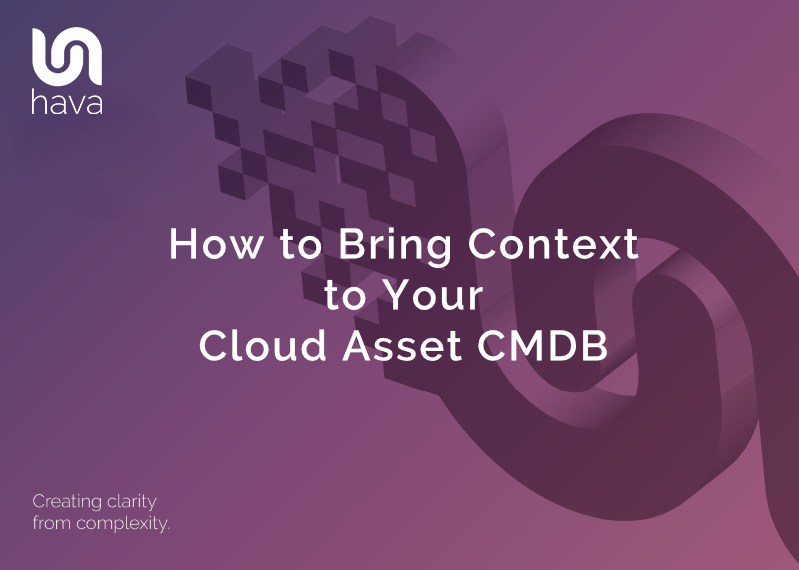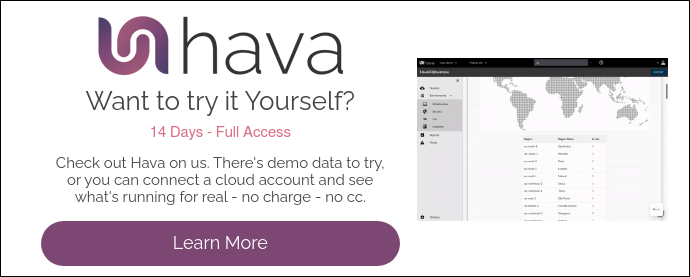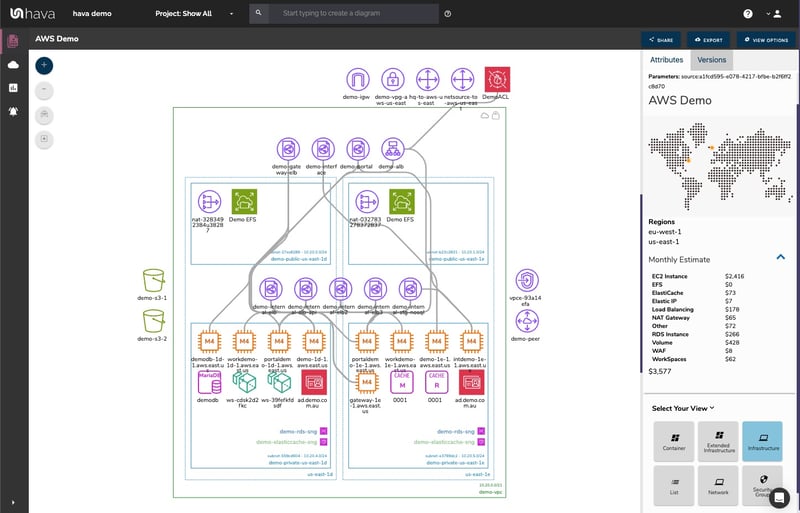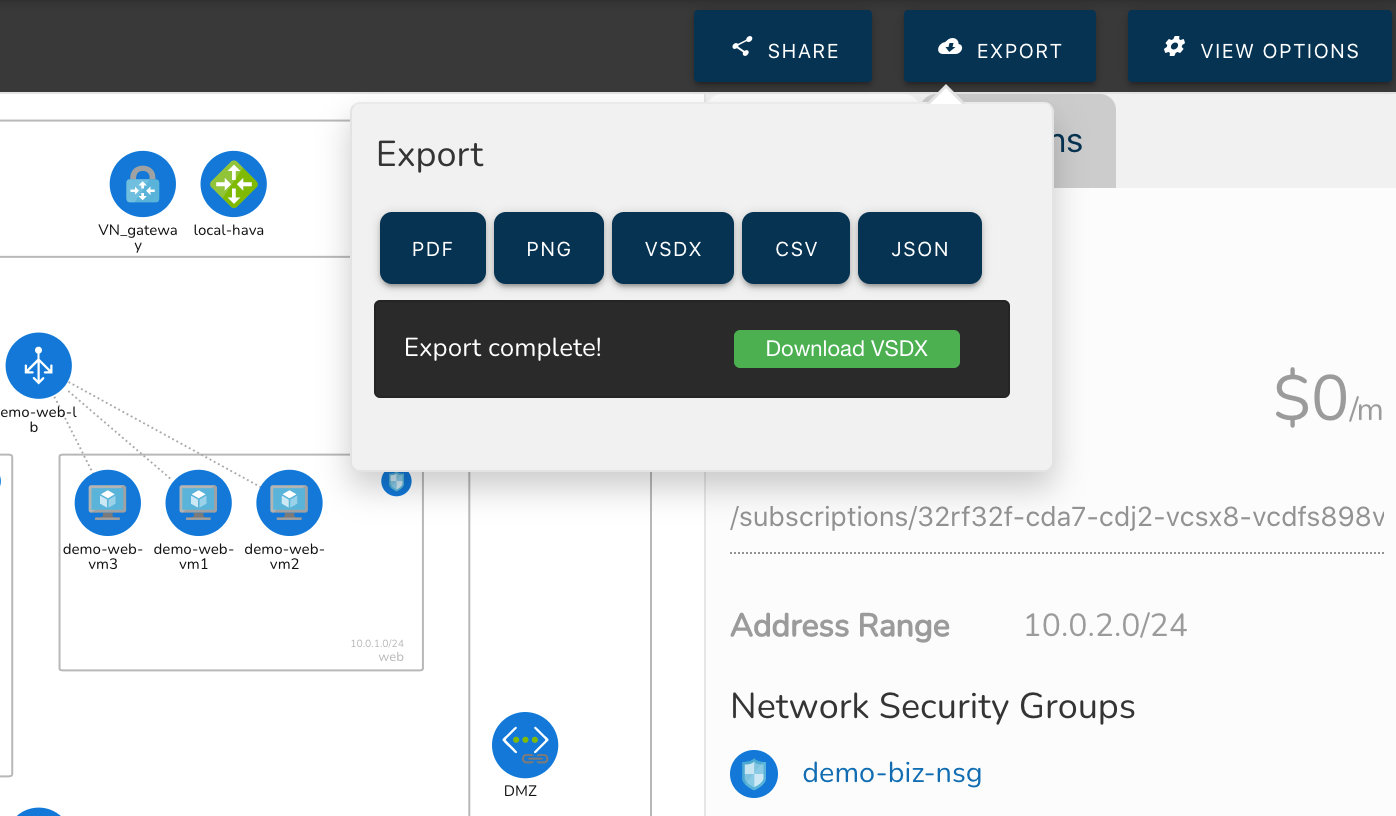
Harnessing the Power of CMDB in Cloud Computing: The Importance of Cloud Diagrams
As the information technology landscape continues to evolve, organizations are increasingly adopting cloud computing to optimize their IT infrastructure. This shift towards the cloud has amplified the need for efficient tools and processes to manage IT assets effectively. One such tool is the Configuration Management Database (CMDB). In this article, we will delve into the concept of a CMDB, its use in managing IT assets within the cloud, and how incorporating cloud diagrams into the CMDB can provide valuable context for each asset.
What is a CMDB?
A Configuration Management Database (CMDB) is a centralized repository of information related to all the hardware and software components (Configuration Items or CIs) within an organization's IT environment. This database serves as a comprehensive source of truth (one of our favourite terms), enabling IT teams to track and manage assets, plan and execute changes, and maintain a clear understanding of the relationships and dependencies between assets.
The main goal of a CMDB is to provide an organization with the information needed to make better business decisions and run efficient ITSM processes. By centralizing all configuration information, leaders can better understand critical CIs and their relationships. CMDBs are important in impact analysis, root cause analysis, legal compliance as well as incident and change management.
Why Manage Cloud IT Assets with CMDB?
In the context of cloud computing, the CMDB plays a crucial role in several areas:
1. Asset Discovery and Inventory: As organizations move to the cloud, they need to maintain an accurate inventory of their cloud-based assets. A CMDB helps to discover, catalog, and track cloud resources such as virtual machines, containers, storage, and network configurations. This inventory aids in providing visibility and ensuring the organization adheres to compliance requirements.
2. Change Management: The dynamic nature of cloud environments necessitates robust change management processes. The CMDB aids in planning and implementing changes to cloud resources by providing a clear view of the existing environment, dependencies, and potential risks. It also helps in tracking the impact of changes and aids in rollback procedures if necessary.
3. Incident and Problem Management: The CMDB assists in identifying and resolving incidents and problems in cloud environments by offering a comprehensive view of the affected resources and their dependencies. This information helps to speed up root cause analysis and ensure that the correct remediation actions are taken.
4. Capacity Management: As organizations scale their cloud infrastructure, they need to manage resources efficiently to avoid overprovisioning and wasted costs. The CMDB provides insights into resource usage trends, enabling IT teams to make informed decisions about capacity planning and optimization.

What's The Value of Including Hava Cloud Diagrams in A CMDB?
Incorporating Hava's cloud diagrams into the CMDB adds a visual representation of the relationships between assets, providing valuable context for each CI. These diagrams offer several benefits:
1. Enhanced Understanding: Visualizing complex relationships between cloud resources in a diagrammatic form helps IT teams grasp the dependencies and interactions between assets quickly. This understanding is essential for effective management and decision-making.
2. Simplified Troubleshooting: Cloud diagrams enable IT teams to pinpoint issues and track their impact on related resources more easily. By providing a visual map of the affected components, teams can identify patterns and resolve incidents more efficiently.
3. Streamlined Onboarding: New team members can quickly familiarize themselves with the organization's cloud infrastructure through cloud diagrams. These visual representations serve as an effective educational tool, simplifying the onboarding process and reducing the time required to become productive.
4. Improved Communication: Cloud diagrams facilitate communication and collaboration between different IT teams and stakeholders. By presenting information in a visual format, teams can convey complex concepts and dependencies more effectively, resulting in better alignment and decision-making.
How To IncorporatE "Live" cloud infrastructure diagrams in your CMDB
Hava takes the stress and time burden away from creating accurate cloud infrastructure diagrams. The fully automated process initially generates your cloud infrastructure diagrams for any connected AWS, Azure or GCP accounts.
Every discovered virtual network or VPC gets a diagram detailing the resources and security stance for the infrastructure.

Once diagrams are generated, Hava continuously monitors your cloud infrastructure for changes and updates the diagrams accordingly. Hands free. All the superseded diagrams are placed in version history so you have a documented audit trail of changes made to your systems.
Depending on your CMDB platform you have a number of options to include diagrams so as to provide the all important context to the resources and settings recorded.
If your CMDB platform supports iFrame embeds then you can place a fully interactive Hava diagram in the database that stays up to date. The viewer doesn't need Hava credentials in order to view the diagram You have several options in terms of the level of diagram detail from fully interactive with all the metadata through to restricted interactive diagrams or static diagrams with no interactivity.
If your CMDB doesn't support iFrames, then you have the ability to export a static diagram to png or pdf for inclusion in the database.

Configuration Management Databases (CMDB) are crucial tools for managing IT assets effectively. By including cloud diagrams in the CMDB, organizations can gain a deeper understanding of their cloud infrastructure, improve troubleshooting, streamline onboarding, and enhance communication. Investing in a well-maintained CMDB with visual representations of cloud assets as recommended by ITIL is essential for successful cloud management and ensures that organizations can adapt and thrive in an ever-evolving IT landscape.
As more organizations embrace cloud computing, the importance of the CMDB in maintaining control and visibility over IT assets will only grow. To maximize the potential of this powerful tool, it is essential to prioritize regular updates, maintain accurate and up-to-date information, and invest in the integration of cloud diagrams that provide valuable context for each asset.
By doing so, organizations can achieve better control over their cloud environments, reduce risks associated with changes, optimize resource usage, and ultimately enhance their overall IT service management. As the role of the CMDB in cloud computing continues to evolve, organizations must stay informed about best practices and emerging trends in CMDB management to fully harness its potential for success in the cloud era.

If you are not using Hava yet to document and visualize your cloud infrastructure, you can take the teams plan on a completely free 14 day trial. No credit card required. Learn more here: